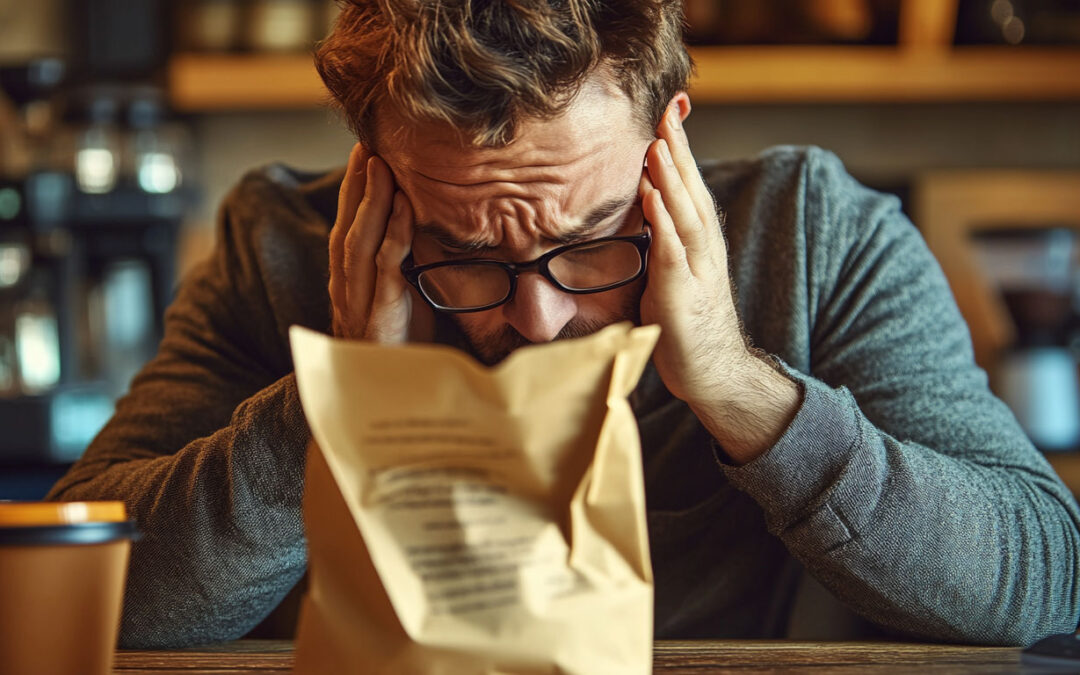Understanding coffee labels means you’re making a more informed choice, whether you’re looking for better quality, sustainability, or ethical sourcing. Instead of being swayed by buzzwords, you can now confidently pick the coffee that aligns with your values and taste preferences.
What Are the Different Coffee Certifications?
Coffee certifications indicate the quality, ethical sourcing, and environmental impact of the beans. Here are some of the most common certifications and what they stand for:
- USDA Organic – Ensures the coffee is grown without synthetic pesticides or fertilizers.
- Fair Trade Certified – Guarantees farmers receive fair wages and work under ethical conditions.
- Rainforest Alliance Certified – Supports sustainable farming practices that protect forests and biodiversity.
- Bird-Friendly Certification – Ensures coffee farms provide habitats for migratory birds and use shade-grown methods.
- UTZ Certified – Focuses on sustainable farming with an emphasis on better crop yields and farmer education.
- Direct Trade – Not a formal certification, but means the coffee roaster buys beans directly from farmers for higher quality and better wages.
These labels are more than just marketing—they give insight into the environmental and social impact of your coffee purchase.
How to Read a Coffee Label: What to Look For
Coffee labels can be packed with information, but not all of it is easy to understand. Here’s what you should pay attention to:
1. Coffee Origin
- Where was the coffee grown?
- Single-origin coffee means the beans come from one specific region, offering a distinct flavor profile.
- Blends combine beans from multiple locations for a balanced taste.
2. Roast Level
- Light Roast – Mild flavors, higher acidity, retains more caffeine.
- Medium Roast – Balanced flavor, smooth acidity, slightly more body.
- Dark Roast – Bold, smoky, and lower in acidity.
3. Processing Method
- Washed (or Wet Processed) – Clean and bright flavors.
- Natural (or Dry Processed) – Fruity and full-bodied.
- Honey Processed – A mix between washed and natural, with a smooth sweetness.
4. Coffee Grade
- Some labels include grading systems based on bean size, quality, and defects. Higher grades usually indicate better quality.
5. Expiration Date & Roast Date
- Always check the roast date! Freshly roasted beans (within two weeks of roasting) offer the best flavor.
6. Grind Size & Brew Method Recommendations
- Some packages specify which brewing method the coffee is best suited for, like espresso, French press, or drip coffee.

The next time you’re in the coffee aisle, don’t let the labels confuse you. With this guide, you can navigate the world of coffee certifications and labels like a pro, ensuring you choose a cup that’s high-quality, ethical, and delicious. Happy brewing!

